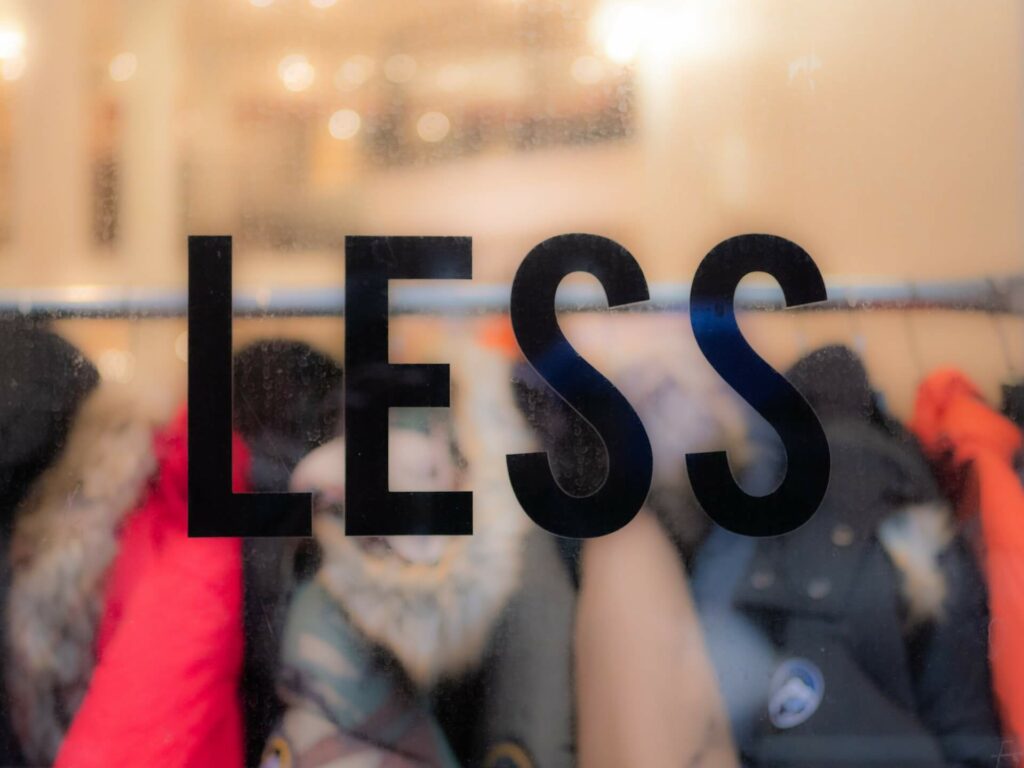A simple approach to Sustainable Fashion
The fashionably sustainable or fashion for sustainability has left a lot of us in splits. A recent article by Havard Business Review on sustainable fashion has numerous pressing facts that need to be addressed on a grander scale. Since sustainability is a trending topic so everyone including various other sectors is jumping onto producing the supposed “sustainable products”.
This article is more on the awareness aspect of sustainable fashion and not as a critic towards organizations and companies that pseudo practice the habit of sustainable fashion.
Change starts at home.
Start small like thrifting, buying second-hand, upcycle, hand-me-downs, shop locally sourced, and much more. Drastic change is not good either so begin steady and keep the pace.
Sustainable fashion is not just clothes to cover ourselves but it is a lifestyle. Clothes are such an integral part of our lives which is why it is our duty to know where they are coming from and where they are ending up. In our day-to-day lives, we don’t actively look for these answers but once we start incorporating it, the larger picture will be much nicer and sound.
You can practice sustainability in different ways, one of my personal favorite practices is minimalism. You could call me a minimalist enthusiast. But that‘s a whole different ballpark, maybe save it for some other time.
Let us now begin our awareness journey:
1. Are they transparent?
Many big brands have come under the radar of the sustainability quotient. Forced labor and illegal sourcing to name a few while their website and PR teams suggest otherwise. Partly revealing information can be damaging to the brand as well the consumers.
Different organizational bodies have been looking into this and rating each of their sustainable practices. But, it still is a long way to go before we fully adopt sustainability not just in fashion but as a lifestyle.
2. Environmental impacts of fast fashion

Our environment is already suffering due to other industries and on top of that, we have fast fashion that is known for rapid consumption and production. In 2015 alone, the global industry produced 1.2 billion tonnes of carbon emissions. Now, that is what I call an unsettling figure.
From landfills to the ocean, fast fashion has created ruckus all over. The dangerous chemicals used during the making of clothes are released into the local water bodies creating a dis-balance in the ecosystem. Due to the rigorous dumping it is again harmful to the ecosystem.
Read Ahead
3. Think beyond profits
It’s high time companies should recognize consumers and workers as actual people and not just numbers on their reports. The detrimental effect on third world countries is unfathomable with no protection and regulations towards people who work in utter poor conditions ranging from children to old. It is majorly because of the nature of the fashion industry being low capital and labor-intensive.
Many instances across countries like India, China, the Philippines, and Vietnam have been reported were not extremely concerning so much so that the different governing bodies of the United Nations had to send aid.
4. Alternative living
All these pressing problems need an intangible solution. I believe the answer is alternate living meaning we focus more on our way of consumption aka sustainable living. Imagine if we don’t create the need for it in the market why would they sell it. We need to understand and take things personally because we could be having discussions in the room but the damage would be done by then.
Rather we should start acting on it and make it a part of our life. I know years of conditioning can’t be erased that easily but we can always begin tiny and build our way up, isn’t that the philosophy for making a change!


